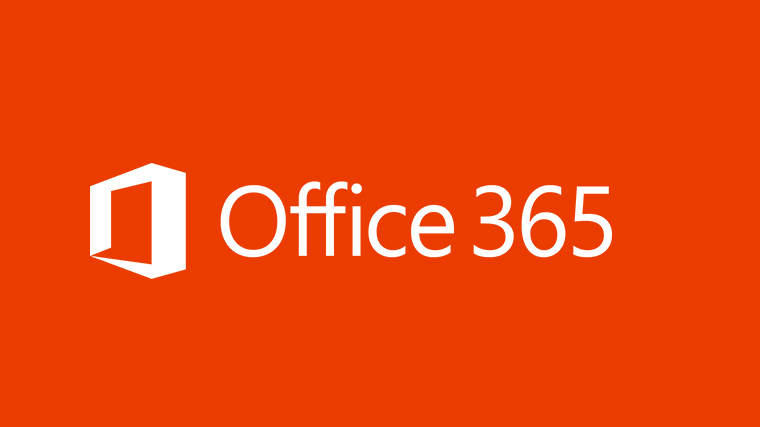Getting the Most Out of Office 365: Working in OneDrive for Business
Getting more done with the same amount of time and people is the goal of every business. While working in the cloud doesn’t magically unlock employee productivity, it can help eliminate redundancies. Sending attachments may be reliable, but finding those files, making comments, and merging changes from several different editors is enough of an issue for many workers to make the cloud look enticing. The backbone of being productive in the cloud with Office 365 is OneDrive for Business.
Microsoft needed to solve several logistics problems when creating OneDrive for Business. First, the new multi-device workflow of professionals makes accessing documents difficult. OneDrive for Business lets a document be created on a phone, edited on a laptop, and then finalized on a desktop. The best part about this new workflow is that the file explorer can be completely skipped. Now once a document has been created, it can be accessed via recent or pinned documents from the starting splash screen of the new Office apps, online, or desktop programs. This means if the document lives on the cloud, users get a similar experience because the ‘recent’ documents are built from local machine and cloud saved documents.
In a traditional business setting, when employees want to work together with one file, they place it in a shared server directory and share a link to that location. This system works when every employee who needs access can access the file either by direct connection or VPN to the server. Anyone without access to the server cannot access the files. With OneDrive for Business, the cloud becomes the shared server and when using compatible Office tools, you can co-author documents at the same time.
While at first this sounds boring and like a minor improvement, sharing documents via the cloud instead of a server link or attached to an email helps reduce overlapping work and series workflows. As an example, Bob sends a link to a document stored on the company server to five people to review and add comments. The first editor catches the obvious errors and notes them. The second editor skims the document then forgets to close the document, locking everyone else out. The third editor opens and resaves the document, makes his changes, and sends Bob a copy with only his edits. The fourth editor is waiting for the document to ‘not be read-only’ before editing. The fifth editor is traveling and cannot access the document from their mobile device, so their edits will not come in until they find a place to get their laptop out.
While this scenario seems extreme, I have encountered similar situations several times at my current company. Another scenario I did not mention would be the different scenarios for people who do not fit into simple IT groups, such as directors who are traveling around to different businesses and does not share a traditional server with their co-workers. For these people, the workflow involves attaching documents and emailing them back and forth. The issues here are compounded with every person added to collaborate.
The last and least obvious problem that Microsoft set out to solve with OneDrive for Business would be discovery. This is a newly solved problem in the modern workplace and remains confusing for many people. Essentially when more and more documents are shared in the cloud, the different locations where these documents can be stored increases exponentially. Other tools like Yammer and Delve help present employees with documents relevant to their teams, products, or popular documents. I’ll cover this more deeply when I go over Delve.
This is part of a series about getting the most out of Office 365. If there is something you would like to know about Office 365, let me know, and I’ll do my best to address it. For more check out:



